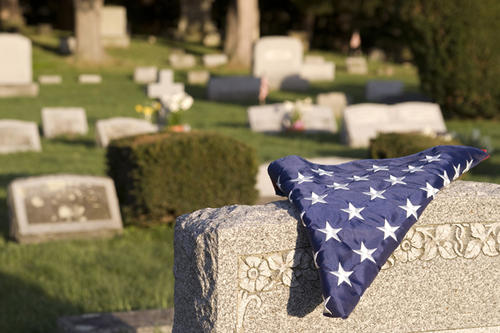
A “significant and meaningful relationship” exists between a community’s rate of military sacrifice and its support for President Trump, according to a new study by researchers at the University of Minnesota and Boston University.
The United States has been at war continuously for over 15 years, but the vast majority of American citizens have no direct connection to soldiers fighting, dying, and returning wounded from combat. Increasingly, a divide is emerging between communities whose residents are dying to defend the country, and those communities whose young people are not.
This divide—including a large urban-rural casualty gap—contributed to Donald Trump’s Presidential victory in November 2016, says Francis Shen, a U of M law professor and co-author of the study, along with colleague Douglas Kriner, a political scientist at Boston University.
“If just three states—Pennsylvania, Wisconsin, and Michigan—had experienced moderately lower casualty rates, each might have switched from red to blue and sent Hillary Clinton to the White House,” say the authors.
After analyzing election data at both the state and county level, the study—Battlefield Casualties and Ballot Box Defeat: Did the Bush-Obama Wars Cost Clinton the White House?—finds that Trump made significant inroads in parts of the country that suffered disproportionately high casualty rates in Iraq and Afghanistan. These areas tend to be poorer, less educated and more rural parts of the country.
Among the many implications of these findings are what this means for Trump’s foreign policy.
“Trump’s electoral fate in 2020 may well rest on the administration’s approach to the human costs of war,” Shen said. “Politicians from both parties would do well to more directly recognize and address the needs of those communities whose young women and men are making the ultimate sacrifice for the country.”
- Categories:
- Law and Policy




